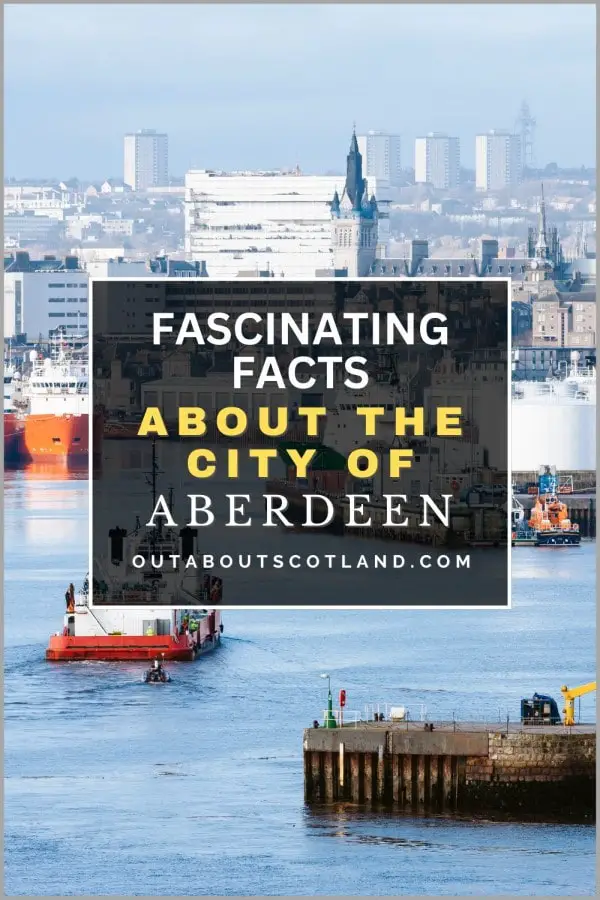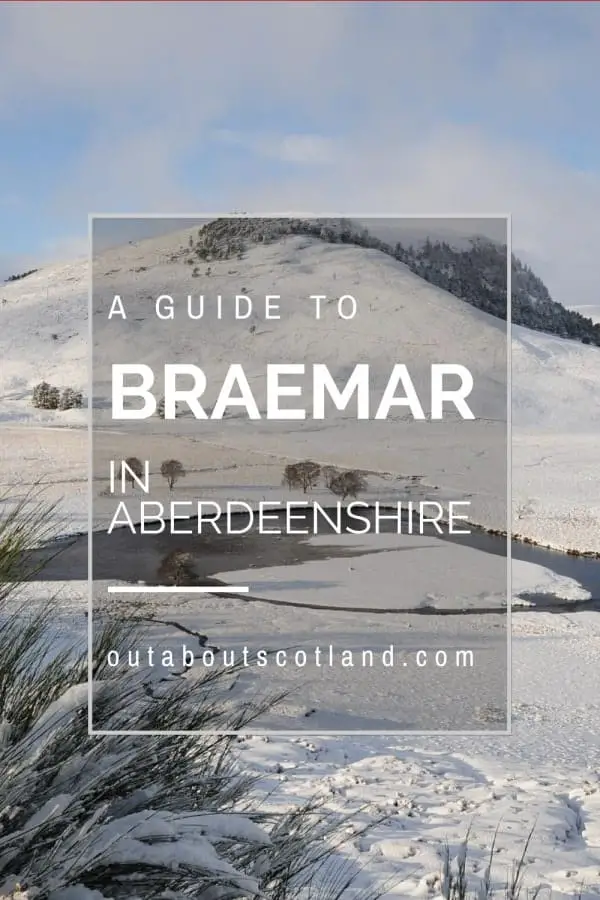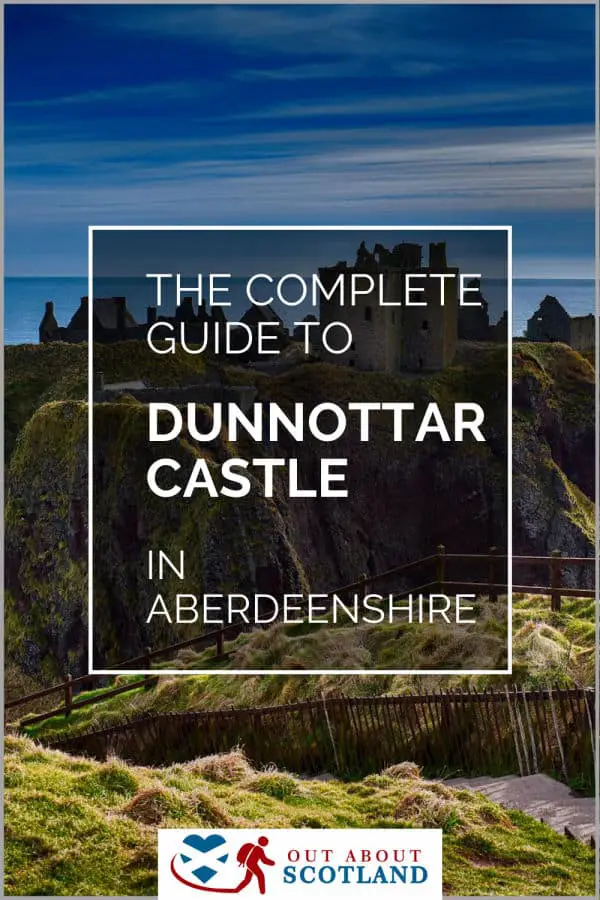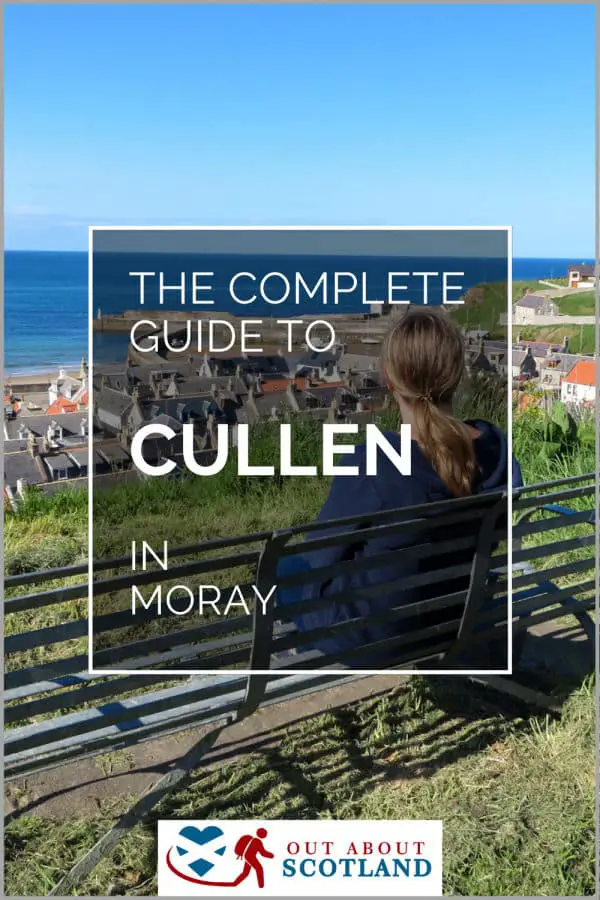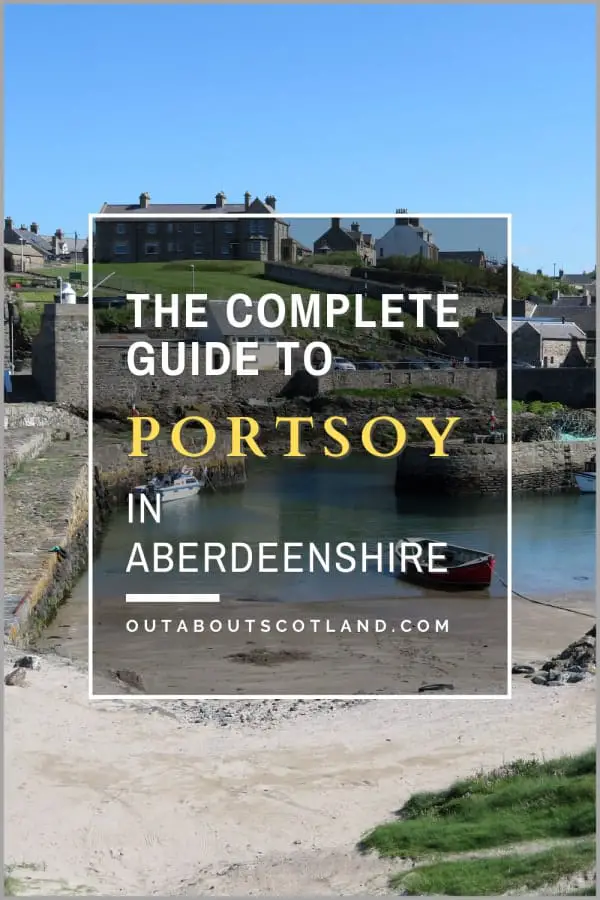Cullen is a charming village in the Grampian region of Scotland that’s known for its striking coastal scenery and historic architecture. It’s part of the Moray council area and is famous for its viaduct, sandy beach, and golf course.
The town’s most notable feature is the Cullen Viaduct, an old railway bridge that towers over the town and is now a popular walking and cycling route. Cullen is also known for its traditional Scottish dish, Cullen Skink, which is a hearty soup made from smoked haddock, potatoes, and onions.
If you’re interested in outdoor activities, you can enjoy a round of golf at the Cullen Links Golf Club, go bird watching or take a coastal walk along the beach.
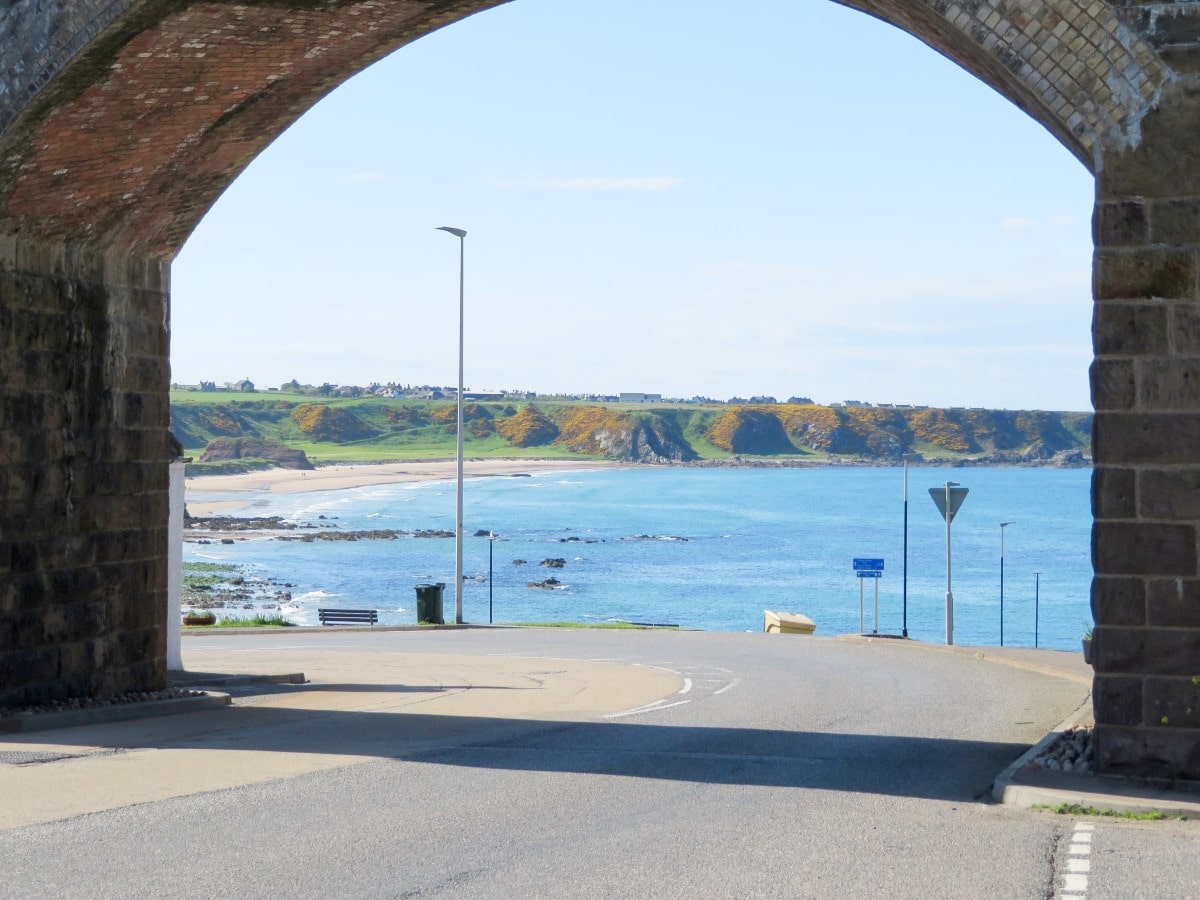
Overview
Cullen is a picturesque town in Moray that’s known for its stunning coastal views and the historic Cullen Skink soup, a rich and creamy fish broth made with smoked haddock, potatoes, and onions.
Immersed in history, the town is home to the Cullen Auld Kirk, a church that dates back to the 13th century and is said to be the final resting place of Queen Elizabeth, wife of Robert the Bruce. The Cullen Viaduct is another landmark that stands out. This impressive 19th-century railway viaduct was part of the former Great North of Scotland Railway, and it’s famous for it’s multiple arches.
The town is also a haven for golfers, boasting a golf course with breathtaking views of the Moray Firth. In addition, Cullen is a popular spot for wildlife enthusiasts as the nearby waters are frequented by dolphins, seals and a variety of seabirds.
This part of the Banffshire coast has been attracting tourists for many years thanks to attractions like nearby Portsoy with its historic 17th-century fishing harbour, but there’s plenty to discover in Cullen beyond its links to delicious soup.
You’ll find lots of walking trails heading out of the village, with the trail along Cullen Bay being one of the best. Starting at the harbour, you can turn left or right and stroll along the beach in either direction, or head slightly inland to join the Sustrans and North Sea cycle networks.
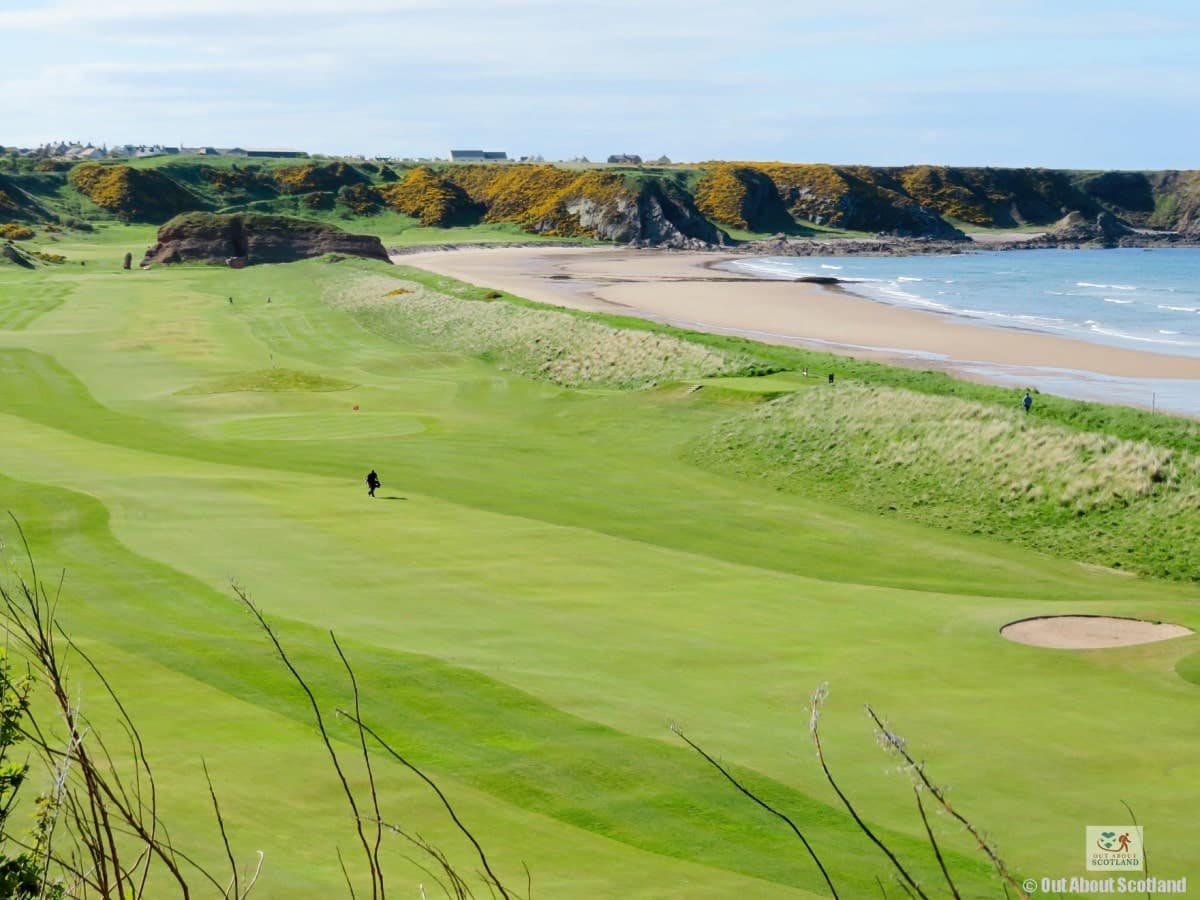
The Highlights
1: Cullen Beach is a beautiful beach with stunning views of the sea, making it a great place for a walk or picnic. The rock formations are rather unusual and provide an interesting backdrop for photos.
2: When in Cullen, trying the traditional Scottish soup, Cullen Skink, is a must. It’s a hearty soup made from smoked haddock, potatoes, and onions. There are several local restaurants and pubs where you can enjoy this dish.
3: For golf enthusiasts, the Cullen Golf Club offers a challenging course with beautiful views over the Moray Firth. It’s one of the oldest golf clubs in Scotland and the shorter length of the course makes it an enjoyable play for all skill levels.
Visiting Tips
1: I recommend you stick your bike in the car and cycle along the North Sea Coast cycle route. There’s a good resource page about it on the Komoot website.
2: Combine a visit to Cullen with Portsoy which is located a few miles to the west, or Duff House which you’ll find a 20-minute drive to the east.
3: Attractions in this part of Scotland are rather spread out, so you might consider purchasing a decent map to find places of interest. Buy OS Landranger maps direct from Ordnance Survey.
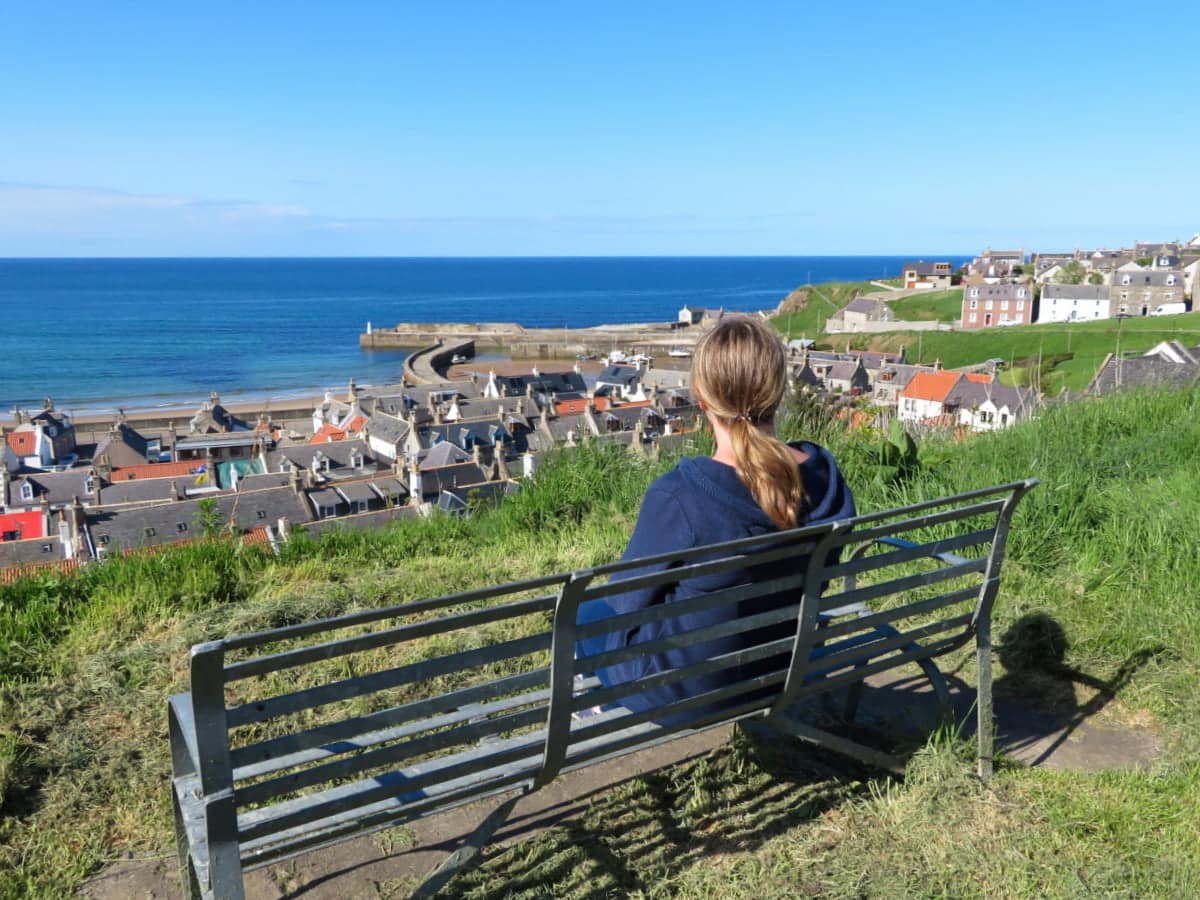
Tourist Information
To truly appreciate this part of Banffshire I recommend taking a walk up the community-made path that leads to the top of Castle Hill. From there you can look out over Seatown and Cullen Bay from what was once the site of an 11th-century fort, which has scenic views across the Links Golf Course and the huge rock stacks on the beach known as The Three Kings.
Looking out to sea you might be lucky enough to see some of the animals that Cullen’s coastline is home to, most notably the bottle-nosed dolphins which can often be seen leaping and playing close to the shore.
Turn back towards the village and you can’t fail to notice the mighty Victorian viaduct that was completed in 1886 by the Great North of Scotland Railway Company. Although the railway line closed in 1968, it’s now incorporated into a coastal footpath to Portknockie and also forms part of the Sustrans National Cycle Network and the North Sea Cycle Route.
The path across the viaduct offers views over the village that easily rival those on Castle Hill, so if you have the time, try to take a walk across it if you don’t have your bike with you.
Cullen Harbour, which Thomas Telford designed and built in the early 19th century, is visible as you look back toward the sea. While the harbour saw a great deal of activity during the 1800s, these days it’s mainly used by pleasure craft and fishermen.
Fishing has been a part of the Cullen way of life for over 500 years, and at one time there were three large curing houses exporting smoked haddock to Europe and beyond. It’s not surprising, therefore, that the village is the birthplace of one of the most mouth-watering delicacies in Scotland: Cullen Skink. This thick and creamy soup is so popular there’s even a Cullen Skink World Championship event held in Cullen each year in November.
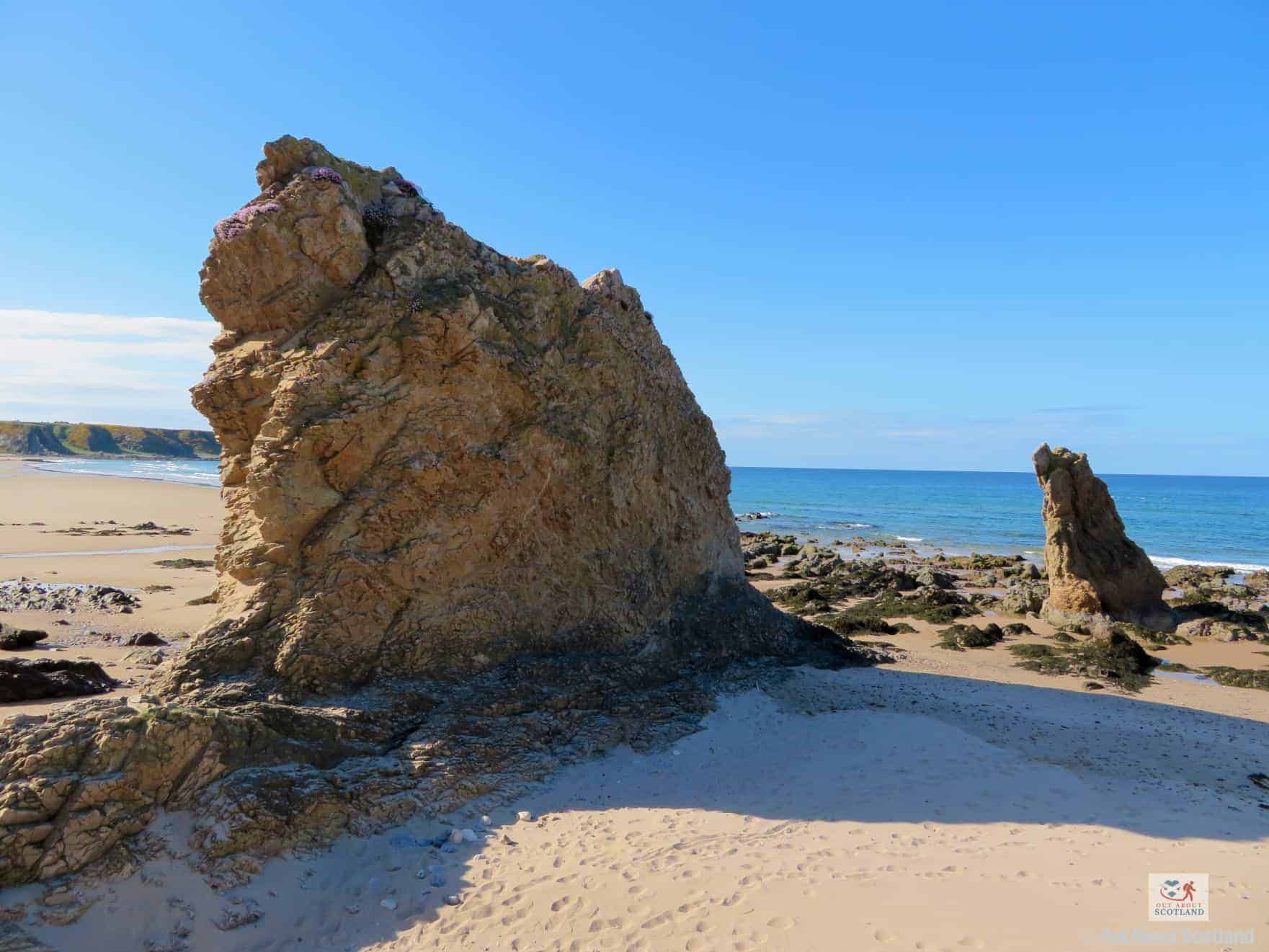
Things to Do
Walk the Coastal Paths: The coastal paths at Cullen are one of the highlights of a visit to this quaint wee village. Walking these paths offers lovely views of the North Sea on routes that vary in difficulty and cater to both seasoned hikers and leisurely walkers.
Visit Cullen Sea School: The Sea School offers a range of fun and exciting water-based activities for all ages. Whether you’re a sailor, a kayaker, or want to try paddleboarding for the first time, the school has lessons that will get you into the water in double-quick time. Learning to sail in the beautiful waters of Cullen Bay is an unforgettable experience.
Explore Cullen’s History: Visit Cullen’s historic sites such as the Temple of Pomona and Castle Hill, a historic landmark overlooking the village. Cullen is also famous for being the birthplace of Cullen Skink, a traditional fish soup that’s served across Scotland.
Play Golf at Cullen Links: As one of the oldest golf courses in the country, Cullen Links is a must-visit for golf enthusiasts. This unique course, with its dramatic sea views and challenging holes, offers an unparalleled golfing experience.
Go Whale Watching: Cullen is a fantastic location for whale and dolphin watching. Join a boat tour that will take you out into the Moray Firth where you’ll get a chance to see these amazing creatures in their natural habitat.
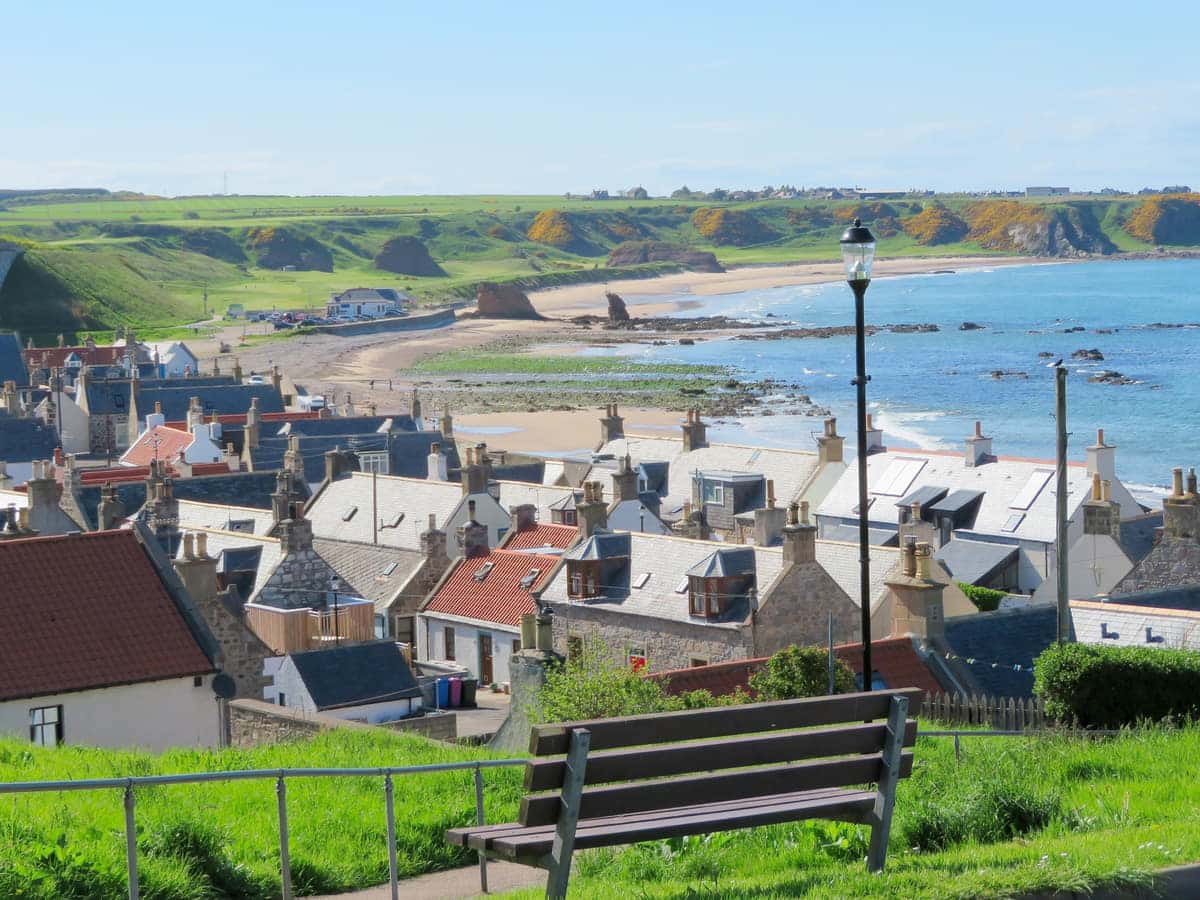
Things to Do Nearby
Portsoy Harbour. Shore St, Portsoy, Banff AB45 2RX. 10-minute drive.
A small but historically significant harbour that was originally built to service the export of marble which Portsoy became famous for. Today the harbour is a popular recreation spot and the location of a major annual sailboat festival.
Duff House. Banff AB45 3SX. 21-minute drive.
A grand Georgian country house set in magnificently manicured grounds. The house is under the management of Historic Environment Scotland and also the National Galleries of Scotland which look after the extensive collection of portraits that are on display. Visitors can explore the house and grounds on a self-guided tour.
Castle Hill. Cullen, Buckie AB56 4SD. 10-minute walk.
A natural domed hill just outside of Cullen village that has a community-managed path to the top. There is a viewing platform on the top of the hill that offers visitors superb views of the Aberdeenshire coastline.
Bin of Cullen. Buckie AB56 4BA 14-minute drive.
A dome-shaped hill that rises 320 metres through woodland to the south of Cullen. There is a zig-zag track to the summit that is partially accessible by car, but beyond the entrance marked ‘Seafield Estate’, it is frequently used by mountain bikers, so walkers must take care.
Sunnyside Beach. Buckie AB56 4SS, 30-minute walk.
A secluded beach to the east of Cullen can only be accessed by following a footpath that runs along the coastline or a narrow track that threads through fields. Low cliffs encircle the beach on all sides, and between Cullen and the tiny village of Sandend there is a winding path that offers clifftop walks.
Frequently Asked Questions
Is Cullen worth visiting?
Cullen is definitely worth visiting. The beach is one of the nicest in Moray; the historic village has cafés selling the famed Cullen Skink broth; there are lots of coastal walks; and the area is well known for its mild microclimate caused by its position near the Grampian Hills.
Who built the Cullen Viaduct?
The Great North of Scotland Railway Company built the Cullen Viaduct in 1886.
Does Cullen have a beach?
Cullen in Moray has a large golden beach located west of the village in front of the Cullen Links golf course.
Is Cullen Beach dog-friendly?
Cullen Beach is dog-friendly and canine companions are allowed on it throughout the year. However, dog owners are asked to be responsible and pick up their dog’s mess.
Dog bins are located at the eastern end of the beach towards the viaduct.


